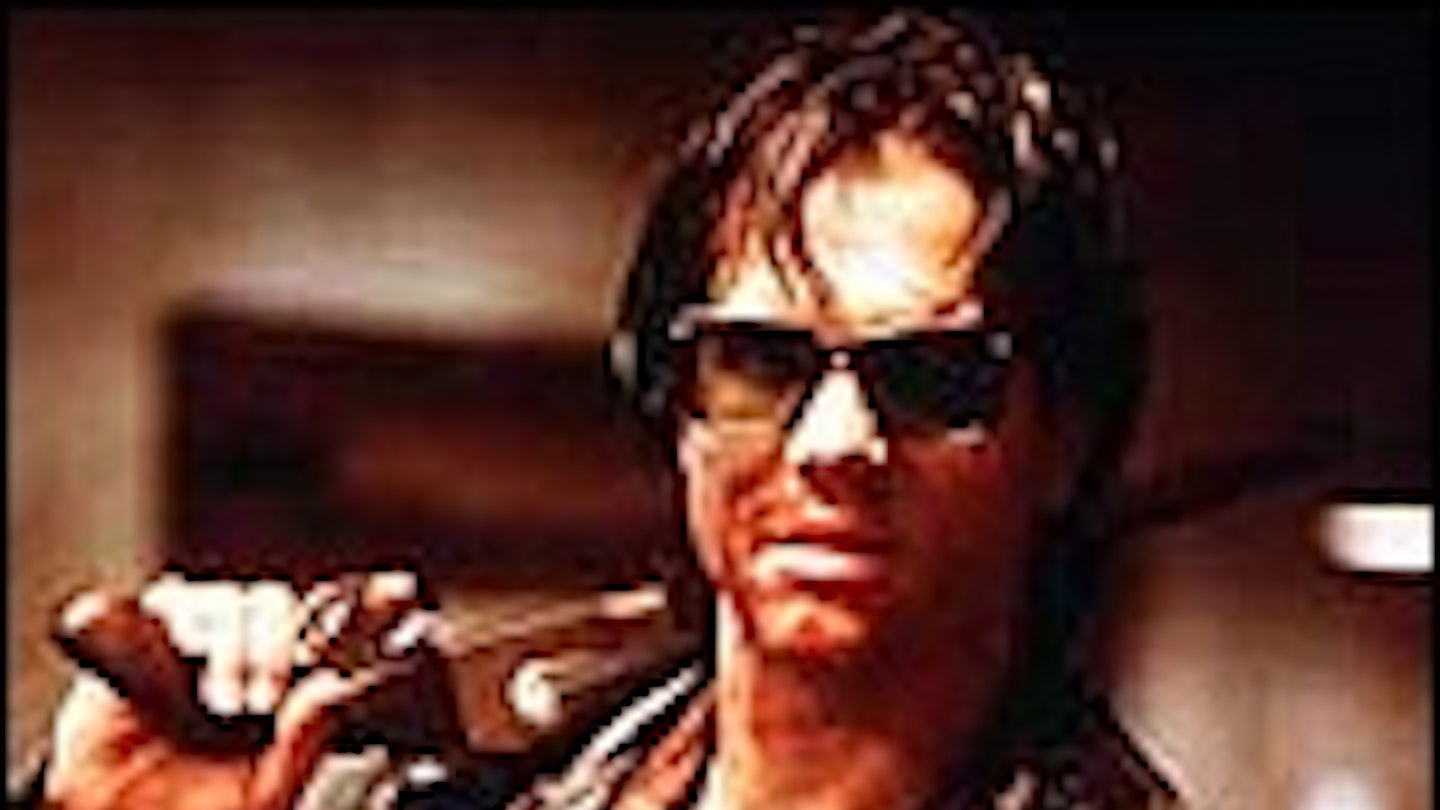Thematically, Near Dark offers little new to the vampire sub-genre. Essentially it focuses on the idea of blood as a drug and borrows heftily from both Bram Stoker (the concept of bloodletting, aka transfusion) and Anne Rice, whose vision of age-old vampires trapped in the bodies of the young would later be replicated by a creepy Kirsten Dunst in Interview With The Vampire.
At a meagre running time of 84 minutes, it's incredibly clean, with Bigelow standing firmly by the screenwriting mantra that "nothing is extraneous, nothing is arbitrary", and creating a piece of sheer poetic simplicity.
Small wonder that friend Oliver Stone famously described it as 'a horror haiku'. Gone is all that silly talk of garlic, crosses, stakes and big old bats. Traditional vampire lore is stripped down (the word 'vampire' is never even mentioned) and streamlined into one simple enemy: the sun.
Showing its scalding results as it hits vampire skin was a perpetual bugbear on set, with the cigar-smoke-pumped-through-tubes budgetary constraint making everyone ìstink like stogeysî, according to Pasdar.
But on film, the effect is unforgettable. Atmospherically, the picture remains both unique and beautiful. Bigelowís recruiting one-two of Adam Greenberg as director of photography (here outshining even his work on The Terminator) and half the cast of Aliens (Henriksen, Paxton and Jenette Goldstein) is a masterstroke for a fledgling director looking to bolster her surroundings with experience.
Greenbergs stylistic melding of Western - right down to the climactic in-the-street showdown between Caleb and Severen - and horror is a moody triumph, his lights perversely bleak and darks imbued with a warm, seductive hue that awakens our understanding of the lure of the characters' existence.
We may never entirely sympathise, but we empathise, certainly.The cast also excel, particularly Henriksen and Paxton. The former may have originally wanted the part of Severen, but he gives Jesse a huge depth. Henriksen invented a background for him that dates back hundreds of years (thank him for the great American Civil War anecdote) and the details (his long nails and tar-dipped ponytail) that contribute almost subconsciously to his terrifying presence. Paxton, meanwhile, is a genuine tour de force, his energy and propensity to ad lib spawning 'finger-licking good' catchphrase after catchphrase.
With K-19 an unfortunate recent memory, Near Dark is now even more clearly Bigelowís greatest achievement. She would later relive its inherent sexiness and sense of unrelenting momentum in Point Break, but it was in her solo feature debut (a gig hard won from initially reluctant producer Steven-Charles Jaffe) that she laid down the gauntlet in what had always been a male-dominated arena.
The vampire movie would never be the same again; The Addiction (1994) and From Dusk Till Dawn (1995) were nary a glint in Hollywoodís eye before Bigelow paved the way for their funky postmodern shtick.


